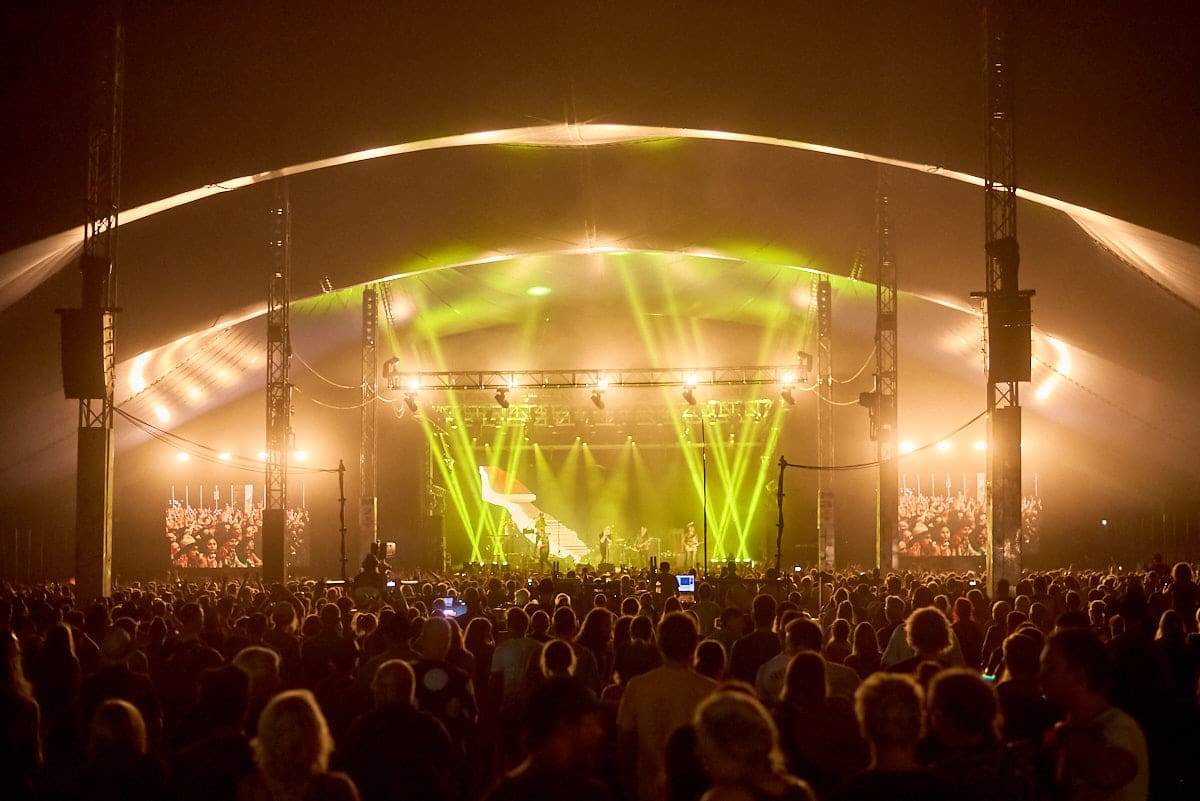Capturing the Perfect Moment: Techniques for Event Photography
Events are a whirlwind of emotions, laughter, and unforgettable moments. But how do you capture the energy, the connections, and the sheer joy of a gathering in a single photograph? Enter the world of event photography, where skilled photographers transform fleeting moments into lasting memories.
Whether it’s a heart-stopping wedding ceremony, a pulsating concert, or a high-octane conference, event photography is an art form that requires a unique blend of technical expertise, creative vision, and an eye for capturing the essence of the occasion.
So, aspiring shutterbugs, are you ready to dive into the world of event photography? Here are some tips and tricks to help you take your event photography game from novice to noteworthy:

Gear Up for Success: It’s All in the Bag
The right equipment is essential for capturing stunning event photos. Here’s a basic rundown of your event photography toolkit:
- Camera: A DSLR or mirrorless camera with a fast autofocus system will be your trusty companion.
- Lenses: A versatile zoom lens is a great all-rounder, allowing you to capture wide group shots and candid close-ups without having to switch lenses constantly. Consider a prime lens for low-light situations, where you might need a wider aperture.
- Flash: While natural light is ideal, a portable flash can be a lifesaver in dimly lit venues. Experiment with diffusers to soften the light for a more natural look.
Be a Master of the Light: Embrace the Dance Between Natural and Artificial
Lighting is the foundation of any great photograph, and events present a unique challenge. Natural light is beautiful, but it can be unpredictable. Familiarize yourself with the venue beforehand. Are there large windows offering soft, diffused light? Or is it an industrial space with harsh overhead lighting?
Understanding the existing light allows you to plan accordingly. Bounce flash off walls or ceilings to create a more natural look. Learn to use gels to add pops of color or balance mixed lighting situations. Mastering different lighting scenarios will elevate your event photography from ordinary to extraordinary.
Befriend the Burst Mode: Capturing Fleeting Moments
Events are a constant flow of movement and emotion. A bride’s tear, a guest’s burst of laughter, a speaker’s passionate gesture – these are the fleeting moments that make event photography so special.
This is where your camera’s burst mode comes in. By shooting multiple frames per second, you increase your chances of capturing that perfect split-second expression or action. Remember, it’s better to have too many options to choose from than to miss the shot entirely.
Embrace the Candid Moment: The Art of Storytelling
Event photography isn’t just about staged portraits and posed group shots. It’s about capturing the essence of the event, the emotions, and the connections between people. Don’t be afraid to zoom in on candid moments of joy, tears, and laughter. These are the raw, unfiltered expressions that tell the true story of the event.
Be a Ninja of Composition: Mastering the Art of the Frame
A well-composed photograph can elevate an ordinary scene into a masterpiece. Here are a few composition techniques to keep in mind:
- Rule of thirds: Imagine dividing your frame into a 3×3 grid. Place your subject at the intersection points for a more dynamic composition.
- Leading lines: Use lines within the environment, like stairs or a winding path, to draw the viewer’s eye into the photograph.
- Negative space: Don’t fill your frame with clutter. Use negative space to create balance and emphasize your subject.
Become a Social Butterfly: Mingle and Capture
While technical skills are important, don’t underestimate the power of good people skills. Introduce yourself to key players, mingle with guests, and be present in the moment. This will not only put people at ease but also allow you to capture genuine interactions and candid moments.
Remember, event photography is about capturing the essence of a gathering, the emotions, and the connections. With these tips and a little practice, you’ll be well on your way to becoming a master of the art! So, grab your camera, hone your skills, and get ready to capture unforgettable event memories.